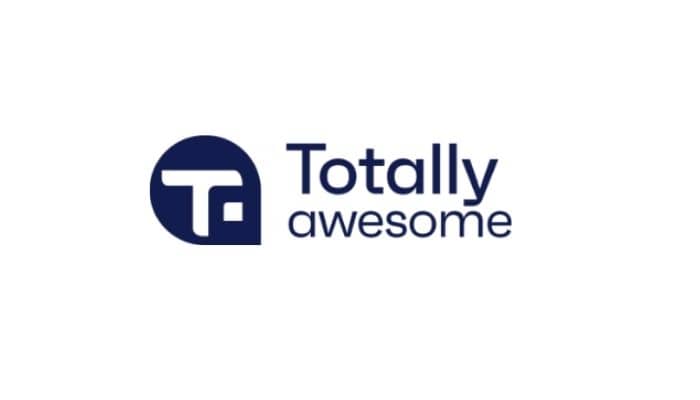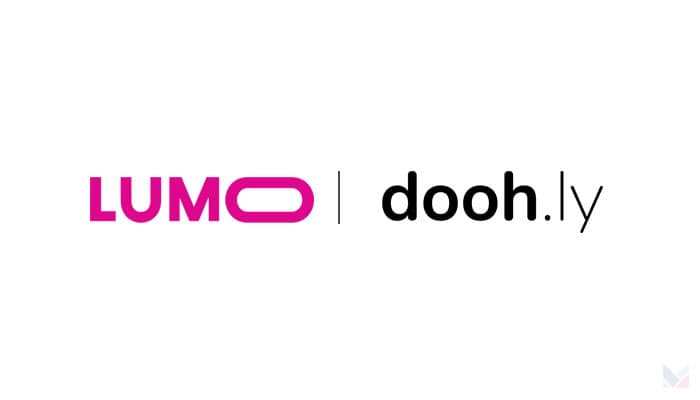Mumbai, India – Programmatic digital out-of-home (DOOH) player Lemma has announced its independent supply side platform (SSP) for its DOOH offering. In addition, it also aims to address the imperative need of transparency for measuring return of investment (ROI) on DOOH spent by advertisers.
The SSP is built with the intent of delivering objective, exact and timely reports to advertisers, much in line with Lemma’s values of trust and transparency. Lemma SSP will ensure clarity at all levels, right from providing brands with quality and brand safe inventory to visibility in real media costing.
In addition, Lemma SSP will also provide 3rd party validation through standard DSP integration with the likes of MediaMath, Google DV 360 and Yahoo!. This validation ensures that advertisers avoid wasteful spends resulting from fraudulent audience counts and inactive screen status.
Commenting on the launch, Gulab Patil, founder and CEO at Lemma, said, “As programmatic DOOH scales across various markets it becomes essential for stakeholders to provide transparent solutions to advertisers to win their trust and encourage them to spend more on the medium. However, this must be practised without any compromises from either side.”
He added, “Keeping this in mind we’ve developed Lemma SSP, an unbiased independent platform that brings in trust, transparency, accurate validation & efficient price discovery and enables all stakeholders to equally benefit from a part of the programmatic ecosystem.”
As demand for audience buying surges in DOOH, the new SSP will also serve as a complete audience buying solution for marketers by avoiding wasteful exposure through an exposure gauge that alters in real time in sync with audience availability in select locations and screens. This will ensure that no ad is shown when the audience footfall is below accepted levels.
Location parameters are also set for each DOOH screen as per its size and location. Audience data is then obtained from various data partners pertaining to each site location, which is then matched with the campaign parameters to trigger the displays.


















